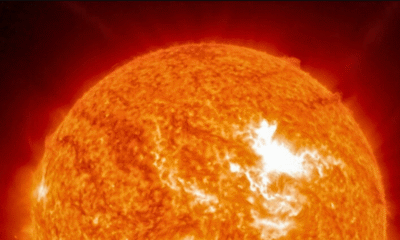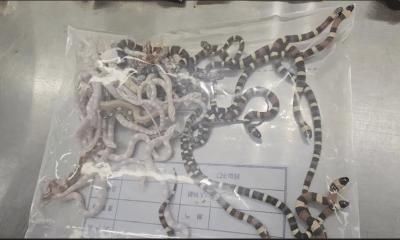News
Earth’s Last Breath: NASA-Backed Study Predicts Oxygen Loss Will End Complex Life — In a Billion Years
New research suggests you can breathe a little easier, for now, if you’ve been losing sleep over asteroids or climate change ending life on Earth. According to a study by scientists from Toho University in Japan, supported by NASA’s climate modelling, the true end of complex life on Earth won’t be a fiery explosion or an icy extinction. Instead, it will come quietly, as the Earth’s oxygen in our atmosphere slowly disappears. And here’s the good news: this apocalyptic transformation is expected to occur about 1 billion years from now, give or take a few hundred million. That puts it well beyond any timeframe relevant to humanity or our distant descendants before Earth’s oxygen runs out.
The Science of Oxygen Loss
The researchers used advanced simulations of planetary and atmospheric changes to examine how Earth’s climate and chemical composition will evolve over geological timescales. Their conclusion? As the Sun ages, it will gradually become hotter and more luminous. This increase in solar energy will disrupt the Earth’s delicate carbon cycle — the system that allows plants to photosynthesise and produce oxygen.
As temperatures climb, water evaporates faster, clouds change, and ecosystems falter. Plants will struggle to survive the heat, leading to a steady decline in Earth’s oxygen production. Eventually, Earth’s atmosphere will transform into a state similar to its primordial past: low in oxygen and rich in methane.
This Earth’s oxygen shift spells the end for complex life forms that rely on breathable air. The only survivors will likely be anaerobic microbes — the same hardy bacteria that thrived billions of years ago before oxygen became a part of Earth’s atmosphere.
Why Other Doomsday Scenarios Don’t Compare
While this long-term threat looms in the deep future, it’s essential to separate it from the more immediate concerns we face today:
Climate change, though urgent, is a centuries-scale issue that threatens human civilisation, not all life on Earth.
Meteorite impacts, like the one that killed the dinosaurs, are incredibly rare—they occur roughly once every 100 million years.
Pandemics or nuclear wars could devastate human life, but would not eradicate microbial organisms or deplete the planet’s oxygen supply.
However, the projected loss of oxygen is slow, inevitable, and rooted in astrophysics. It reflects the Sun’s natural lifecycle and its long-term impact on planetary atmospheres.
Life After Oxygen
When Earth eventually loses its breathable air, it won’t be a sudden collapse. Instead, the planet will enter a long, biologically inactive phase. Surface life will vanish, but Earth will likely remain geologically active without forests, animals, or oceans teeming with fish.
Tiny pockets of microbial life might endure in extreme environments, mirroring the earliest forms of life that once dominated a young, oxygen-free planet.
A Billion-Year Perspective
So, should we be worried? Not at all. This research offers a humbling glimpse into Earth’s deep future — a vast, almost abstract timeline. The real challenges for humanity lie here and now: tackling climate change, protecting ecosystems, and ensuring our survival in the coming centuries.
Still, the thought that every breath we take is part of a temporary phase in Earth’s history reminds us of our fragile, extraordinary place in the cosmos.








































